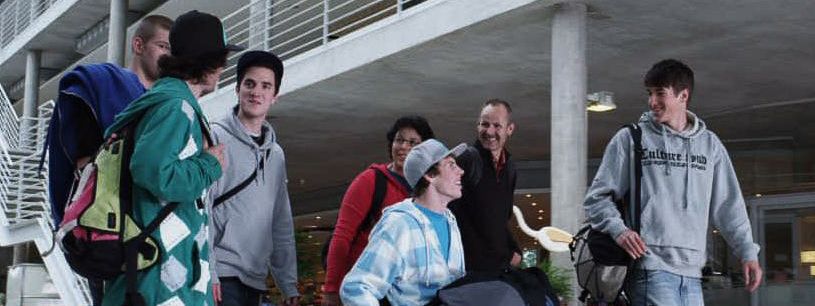
Rights For Persons With Disability
After experiencing a spinal cord Injury (SCI) the person not only has to deal with regaining body functions and learn strategies to adapt to activity limitations, the person is often confronted with physical and social accessibility issues as well as loss of income or questions of cost coverage for medical/rehabilitative interventions. As a person with disability, being aware of his or her rights and how to navigate through the legal and social security systems could help optimise the person’s community reintegration after SCI.



